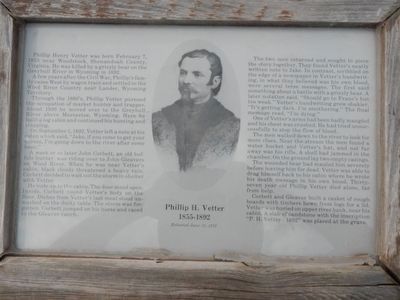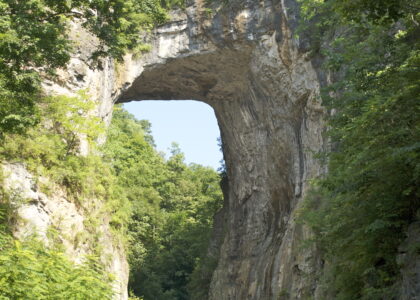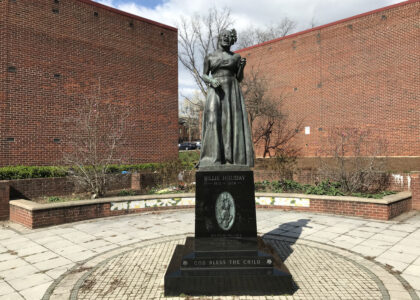Welcome to a somber yet intriguing place marked by a story that echoes through the wild landscapes of Wyoming. You’re standing near the location where Phillip Vetter met a tragic end, an event that reminds us of the untamed nature of the American frontier.
Let’s travel back to the late 19th century, a time when the West was still wild and largely unexplored. In the year 1892, Phillip Vetter, a German immigrant and seasoned trapper, ventured into these rugged territories. Vetter was part of a wave of pioneers and adventurers drawn to the promise of opportunity in the vast expanses of the American West.
Vetter’s story is a testament to the perils faced by those who dared to tame the wilderness. On September 15, 1892, in the remote areas near what is now the Shoshone National Forest, Vetter was attacked by a grizzly bear. This incident highlights the constant danger posed by the natural environment at the time, where survival often depended on one’s skills and instincts.
The attack occurred while Vetter was out trapping, a common occupation for those trying to eke out a living in these parts. Despite his experience, Vetter was overpowered by the sheer force of nature embodied by the grizzly. His death served as a somber reminder of the delicate balance between man and nature, a theme that has resonated throughout history.
As the years passed, this area continued to be a focal point for those interested in the stories of the Old West. The rugged terrain and the stories of those who braved it have become part of the broader narrative of American exploration and expansion.
Today, the location where Phillip Vetter met his untimely fate serves as a poignant historical marker. It reminds visitors of the courage and tenacity of the pioneers who ventured into these lands, as well as the respect demanded by the natural world.
This place stands as a testament to the enduring spirit of exploration and the ever-present challenges posed by the wilderness. As you reflect on this story, remember that the legacy of Phillip Vetter and others like him is woven into the very fabric of America’s frontier history, a legacy that continues to inspire and caution those who walk these paths.






